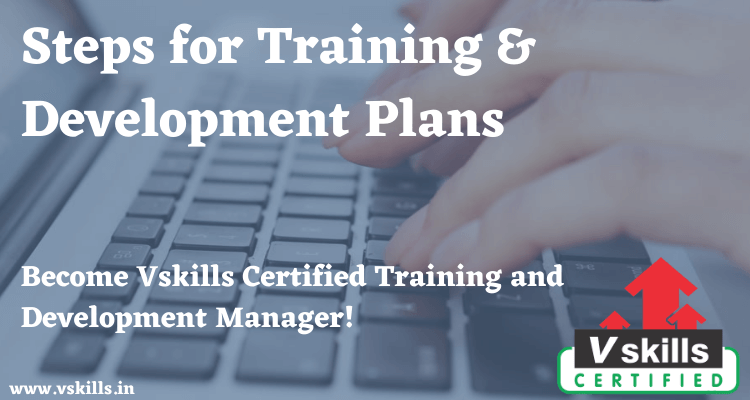
Steps for Training & Development Plans– Any Training & Development Plans include the following steps:
- Introduction
- Planning — Some Considerations for Developing the Training & Development Plan
- Selecting the Training and Development Goals
- Remembering Some Basic Principles About Adult Learning When Selecting Methods
- Some Basic Mistakes to Avoid When Selecting Methods
- General Suggestions for Building More Learning into the Plan
- General Suggestions for Building More Learning into Our Lives
- Summary of Above Suggestions to Enrich Training and Development
Introduction
The following considerations are meant to round out the vast advice offered in the section Overview of Training and Development. These considerations do not replace information in that section. This framework should not be used without having first read that section.
As previously noted, training and development can be initiated to address a “performance gap” (learning needed to meet performance standards for a current task or job), “growth gap” (learning needed to achieve career goals) or “opportunity gap” (learning needed to qualify for an identified new job or role) the following considerations apply to any of these situations.
The information frequently references supervisors and employees/learners. However, information also applies to learners wanting to develop their own training and development plan. The terms “employee” and “learner” are used interchangeably in the following.
Planning – Some Considerations When Developing the Plan
Be Sure to Document Training and Development Plan (Goals, Methods and Evaluation) carefully consider using some form of a training and development plan, even if thinking about informal means of training and development. Sketching out a plan with goals, intended methods and evaluation, will at least give you a sense of what you want and how you’ll recognize if you’ve gotten it or not. Don’t expect perfection in the plan or the learner. Start simple, but start. Then update the plan as you go along.
Don’t Worry About Whether Your Plan is perfect or not — The Plan is Guide, Not Law The key is to get started. Start simple, but start. Do the best that you can for now. There is no perfect plan. You’re doing the plan according to your nature and needs. Also, it’s not important to stick to the plan for the sake of the plan. Deviations from the plan are to be expected. It’s important that deviations are recognized and explained.
Remember that Development is a Process Often, the ongoing reflection and discussions between supervisor and learner are far more important than results produced by learners during the training and development process. Appreciate this interaction as much as reaching any objectives in the plan. Requirements of Learners
Learning often involves new skills, developing new behaviors. After many years of classroom education, it’s easy for us to take a course where all we must do is attend each meeting, take notes and pass tests — and call this learning. One can complete a Masters in Business Administration (MBA), but unless they’re willing to actually apply new information, they’ll most likely end up with an office full of unreferenced textbooks and a head full of data, but little knowledge and wisdom. For the learning process to succeed, the individual must be willing to take risks. Stick your neck out, including by telling the instructor when you’re confused or disappointed in the course. Don’t wait until the course is over when nothing can be done about it.
Growth Involves the Entire Learner: If learning is to be more than collecting new information, then we must involve ourselves completely in our learning experiences. Unfortunately, too many development programs still operate from the assumption that the learner can somehow separate personal development from professional development. So we end up getting a great deal of information about finance and sales, but little help with stress and time management. Then, after schooling, when we enter the hectic world of management, we struggle to keep perspective and we’re plagued with self doubts. True learning involves looking at every aspect of our lives, not just what’s in our heads. So include courses, e.g., in Stress Management and Emotional Intelligence, in your training and development plans.
Growth Requires Seeking Ongoing Feedback: Many of us don’t know what we need to learn — we don’t know what we don’t know. Therefore, feedback from others is critical to understanding ourselves and our jobs. Feedback is useful in more ways than telling us what we don’t know. Feedback also deepens and enriches what we do know. Research indicates that adults learn new information and methods best when they a) actually apply the information and methods, and b) exchange feedback around those experiences. However, we’re often reluctant to seek advice and impressions from others, particularly fellow workers. We’re sometimes reluctant to share feedback with others, as well. Giving and Receiving Feedback might be useful to you.
The courage to overcome our reluctance and fears is often the first step toward achieving true meaning in our lives and our jobs.
- Test Your Skills By Taking Our Training and Development Practice Tests on this link
- Apply for Training and Development Manager Certification Now!! Learn the “Steps for Training & Development Plans” and try the free practice test!


